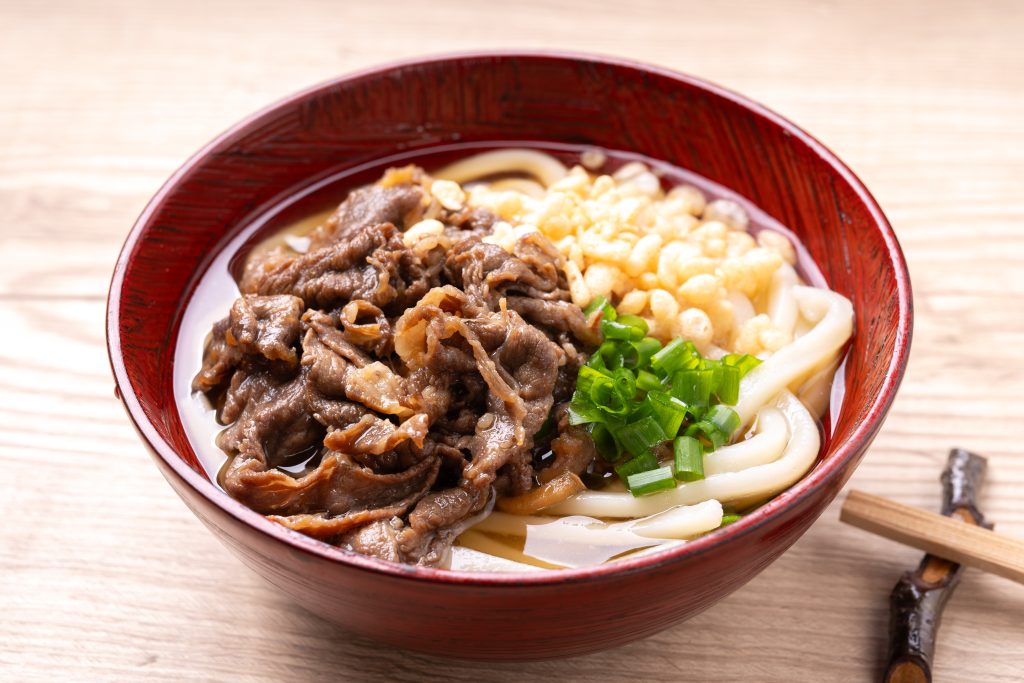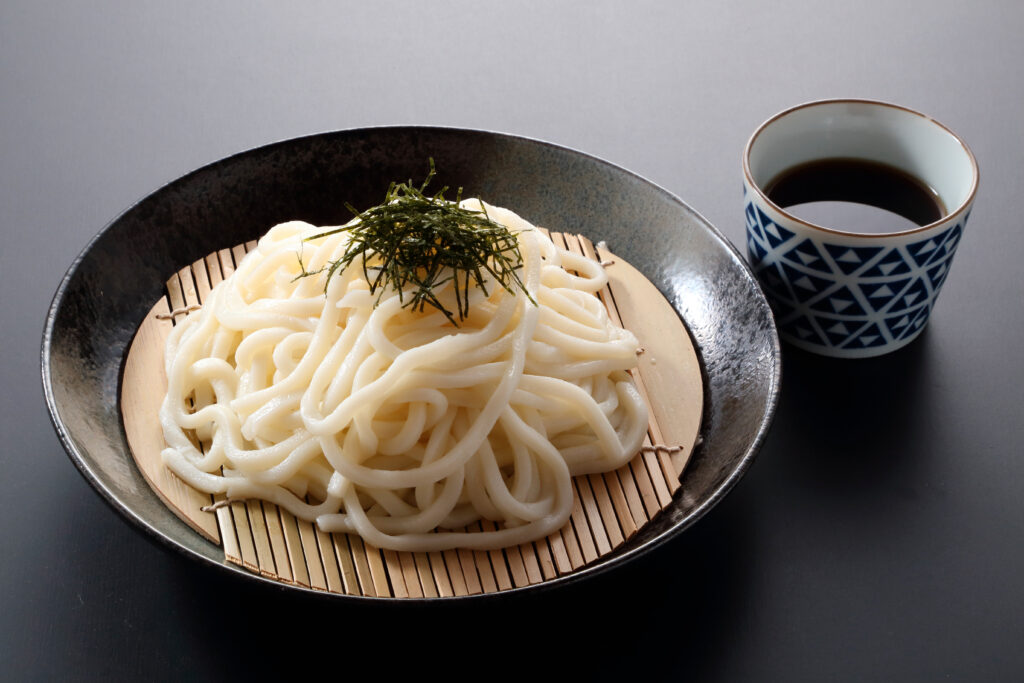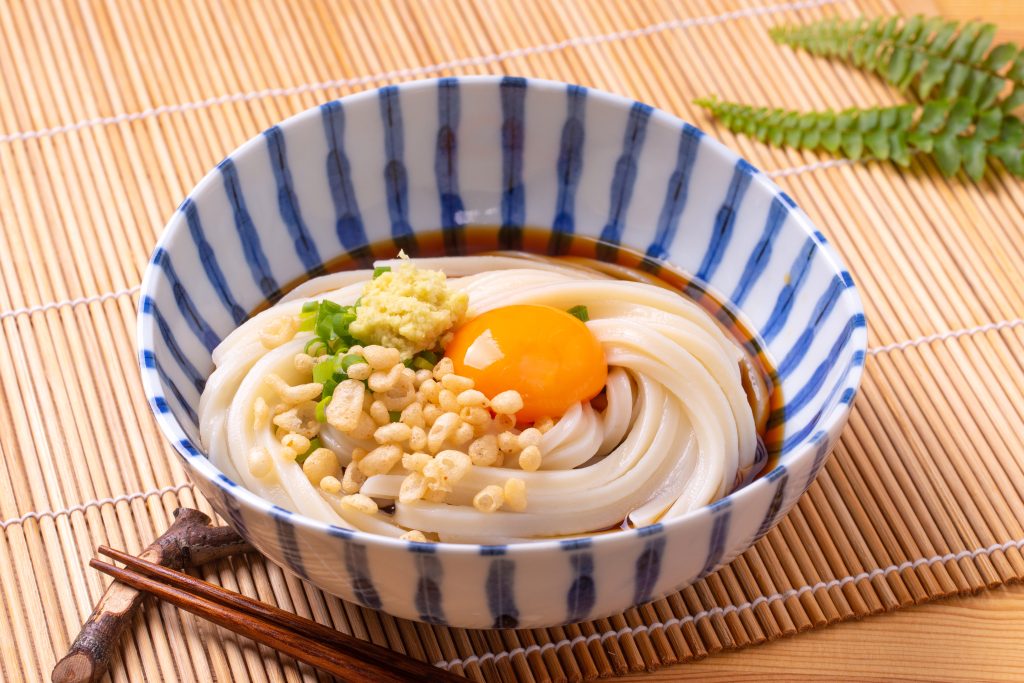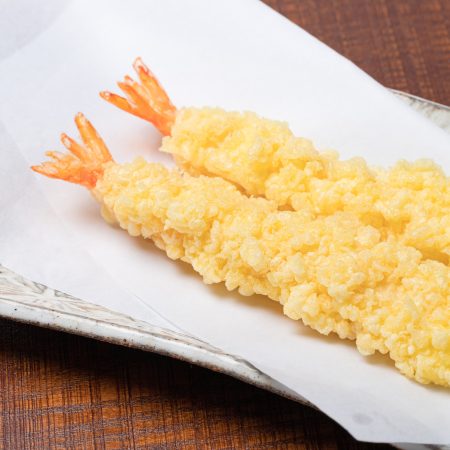
The origin of the name “udon” has various theories, but the most widely accepted theory is related to the Chinese dish known as “hundun” that was introduced during the Nara period. “Hundun” was a dish made by wrapping filling in wheat flour skin and then cooking it.
This “hundun” dish was adopted in Japan and evolved into a beloved food. The way it was written in kanji also went through changes. Initially, it was written as “餛飩,” and later, to denote a hot dish, it was written as “温飩.” Furthermore, based on the phonetics, “おんとん (温飩)” became “うんどん (うんとん),” and eventually, the second syllable was dropped, leading to the term “udon.”
The term “udon” started to be used in the Muromachi period, but during the Edo period, “undon” was also in use. Additionally, udon was sometimes referred to as “麦なわ (muginawa)” or “切り麦 (kirimugi).” Hot udon was called “熱麦 (atsumugi),” and cold udon was known as “冷麦 (hiyamugi).” This suggests that in the past, the term “麦 (mugi)” alone could represent “udon.”

Alternative Names and Synonyms for Udon
Atsumugi/Kirimugi/Mugikiri/Somen/Hiyamugi/Hirautau/Hira Udon/Hiramen/Himokawaudon/Himokawa/Kishimen/Houtou/Imogawa Udon/Nyuumen/Onmen/Kennton/Kenntondon/Daimyou Udon/Yudemen/Menko/Kanmen/Himokau/Hoshii Udon/Men
Varieties of Udon
Plain Udon/Kake Udon/Udon Kake/Kake/Meat Udon/Kitsune Udon/Kitsune/Shinoda/Kizami Udon/Tanuki Udon/High Collar Udon/Kayaku Udon/Gomoku Udon/Okame Udon/Okame/Curry Udon/Curry Nanban/Chikara Udon/Tsukimi Udon/Tsukimi/Tamago Toji Udon/Toji Udon/Tempura Udon/Yamakake Udon/Kamonanban/Torinanban/Kashiwaudon/Neginanban/Kamage Udon/Kamatama Udon/Zaru Udon/Bukkake Udon/Tsukedashi Udon/Ankake Udon/Odamaki Udon/Shippoku Udon/Nikomi Udon/Miso Nikomi/Miso Nikomi Udon/Nabeyaki Udon/Sara Udon/Yaki Udon/Chanpon Yaki/Udon Suki


